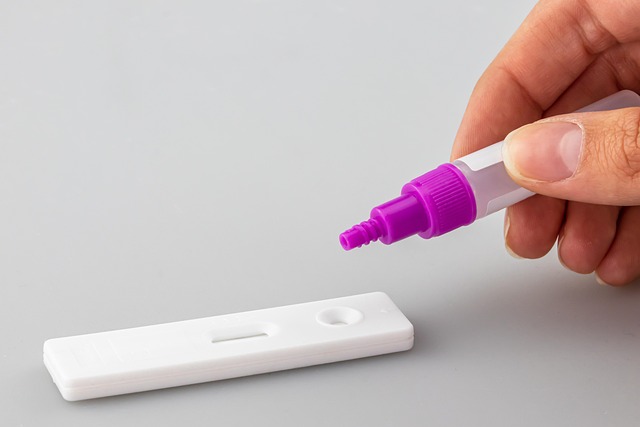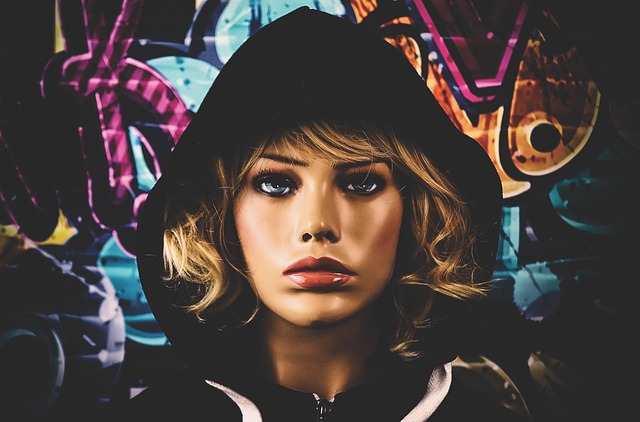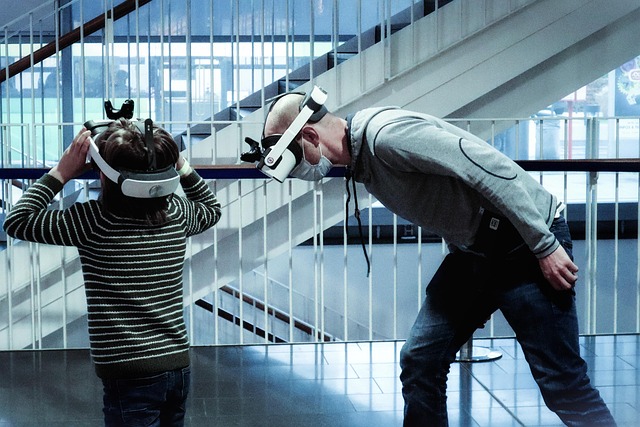Enhancing Software Experience: The Future of Usability Testing with Virtual Reality and Augmented Reality in the Metaverse
In an era where technology is evolving at breakneck speed, the importance of usability testing in software development cannot be overstated. The user experience is paramount, and the integration of cutting-edge technologies like Virtual Reality (VR) and Augmented Reality (AR) within the metaverse is set to revolutionize how we approach usability testing. These innovative tools create immersive environments that not only engage users but also provide invaluable insights into their interactions with software products.
Virtual Reality: Immersion Redefined
Imagine stepping into a virtual world where you can interact with a software application as if it were tangible. VR offers this unique advantage; it immerses users in a simulated environment, allowing them to navigate and manipulate features seamlessly. With VR headsets becoming increasingly accessible, usability testing can now be conducted in more realistic scenarios that reflect actual user interactions.
For software developers, the beauty of VR lies in its ability to reveal precisely how users engage with their products. As testers navigate through vibrant 3D spaces, their behaviors and reactions can be easily monitored and analyzed. This level of detail helps identify pain points that might go unnoticed in traditional usability testing environments.
Augmented Reality: Enhancing Real-World Interactions
On the other hand, AR overlays digital information onto the real world, enriching the user’s perception and experience. Imagine testing a navigation app that provides directions overlaid on the actual streets around you—such real-time interaction brings a dynamic aspect to usability testing. This is particularly beneficial for software that relies on context, such as location-based services or educational applications.
AR allows usability testers to engage with software while seamlessly integrating it into their everyday life. Observing how users interact with both digital and physical elements reveals how intuitive the software is, creating opportunities for iterative design and enhancement based on real-world user behavior.
Usability Testing in the Metaverse
The metaverse represents a convergence of VR, AR, and digital interconnectivity—a vast space where users can connect, interact, and engage across various platforms. This new paradigm opens up unprecedented opportunities for usability testing.
As environments in the metaverse become more sophisticated, they can host large-scale usability testing events, gathering diverse groups of users in one space. This not only enables the collection of a wealth of data on how different demographics interact with software but also fosters a sense of community and collaboration during the testing process. Developers can observe real-time feedback and make immediate adjustments, leading to faster iterations and improved user experiences.
The Emotional Connection of Usability Testing
At its core, usability testing in the context of VR and AR is about understanding the human experience. It’s about tapping into users’ emotions and reactions the moment they interact with a product. By creating immersive experiences, companies can elicit genuine responses that highlight users’ feelings toward an application, which can be far more revealing than traditional metrics alone.
As we look toward the future, it’s clear that the integration of virtual and augmented realities in the metaverse will redefine usability testing. This evolution will not only enhance user engagement but also lead to the creation of software that resonates deeply with users, paving the way for a more intuitive and emotionally rewarding interaction in the digital space.




